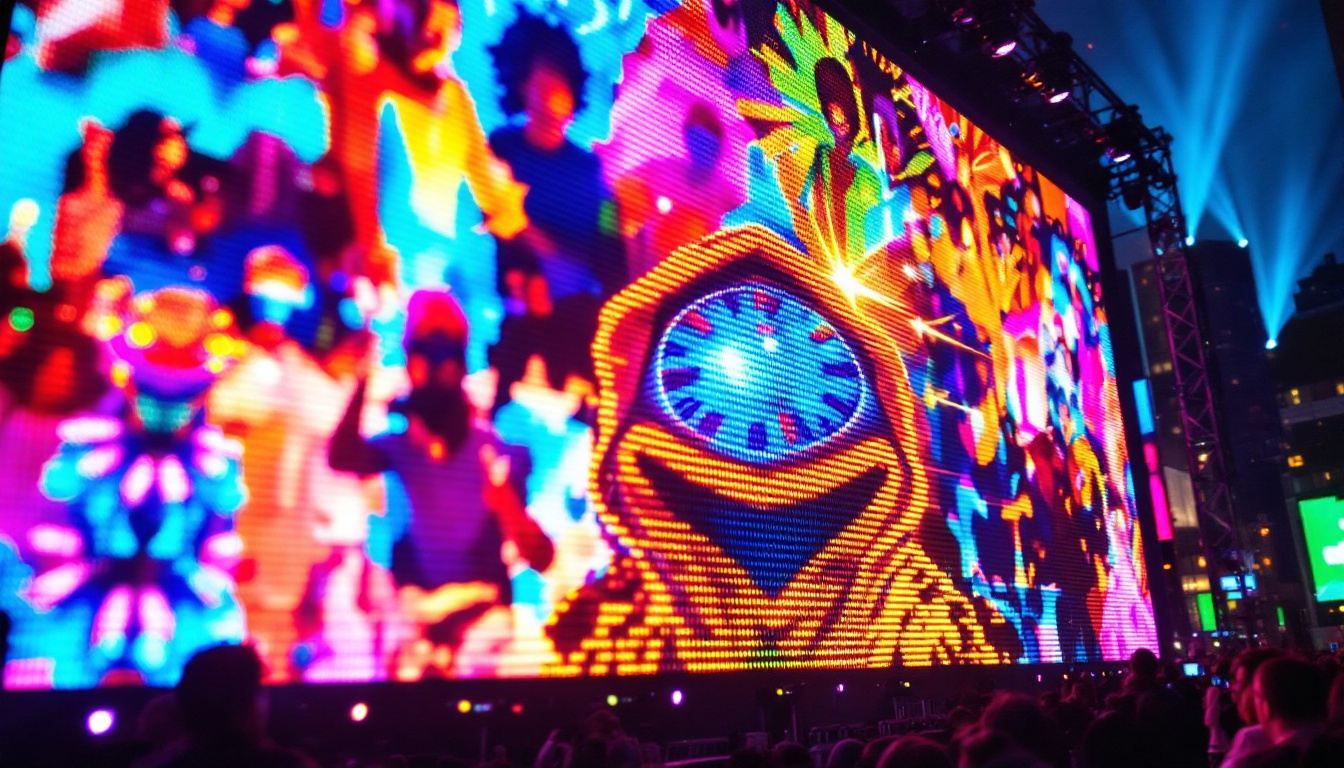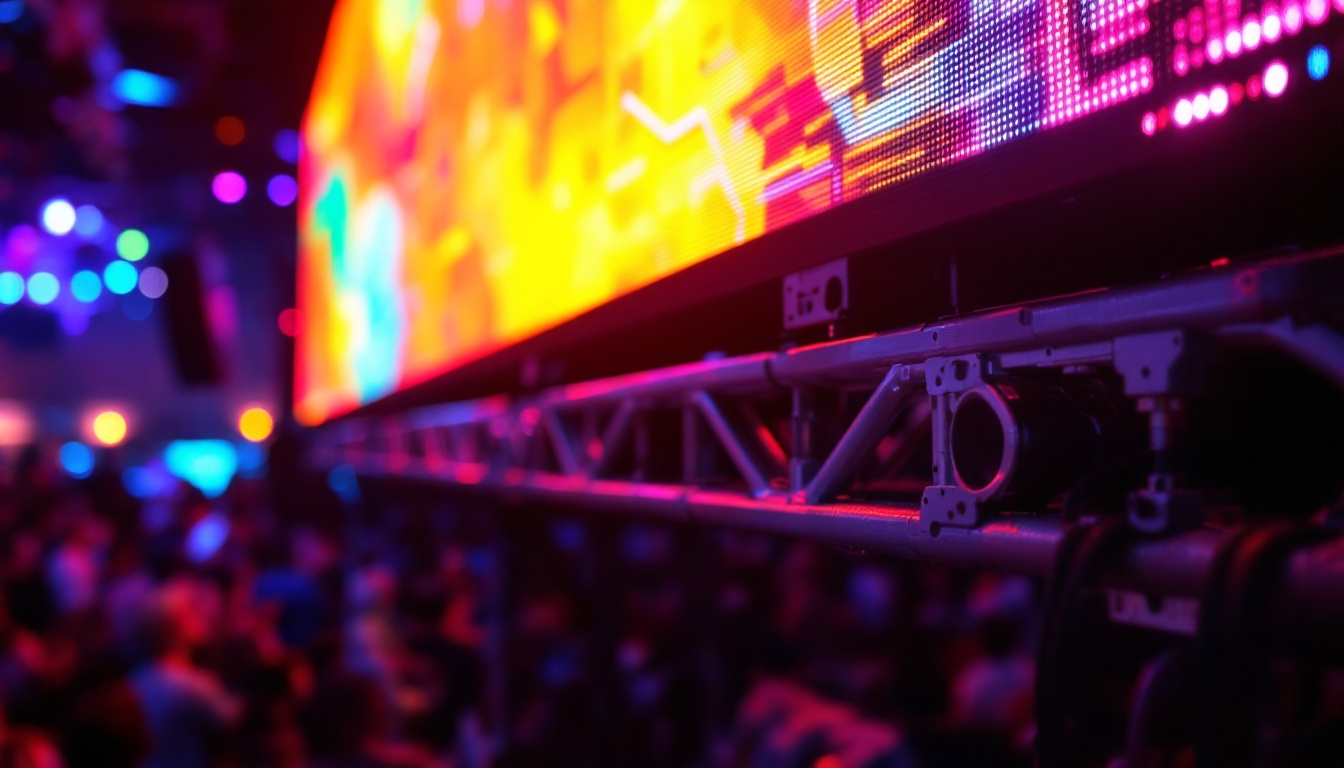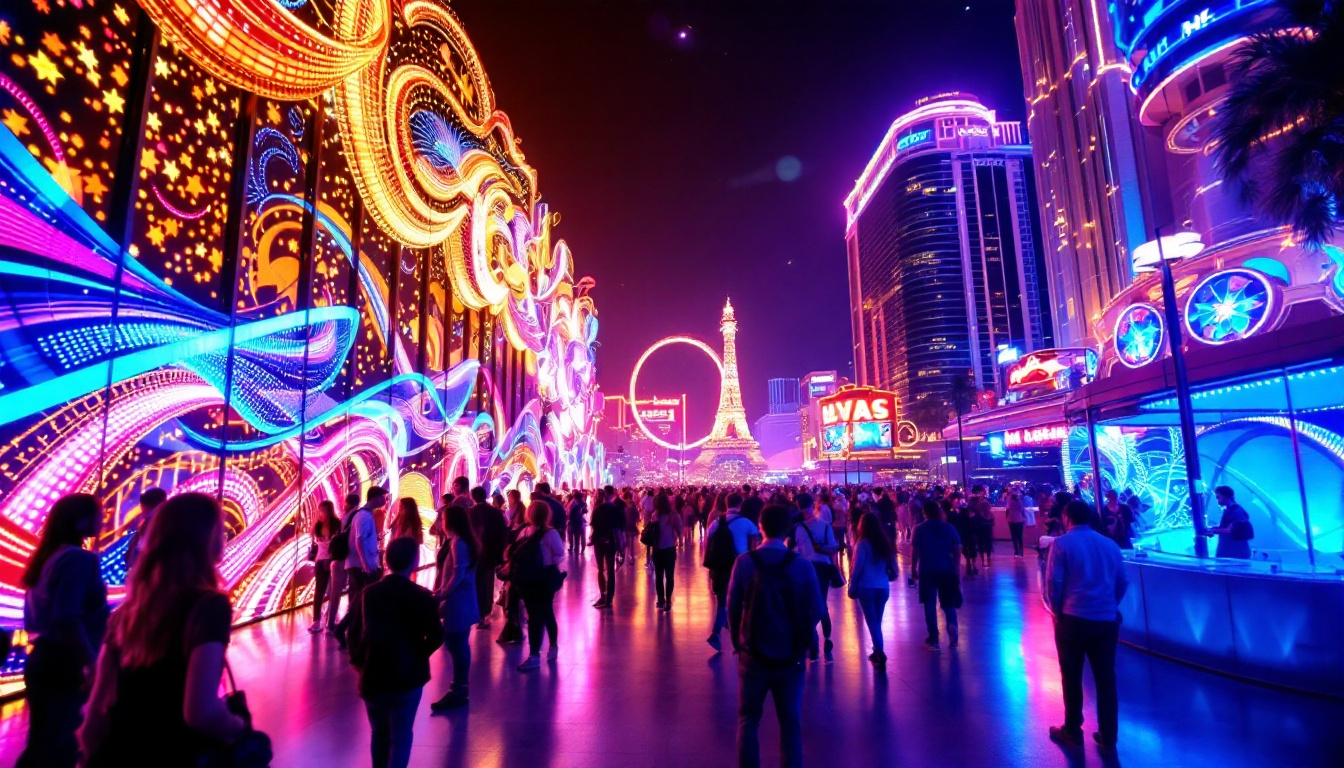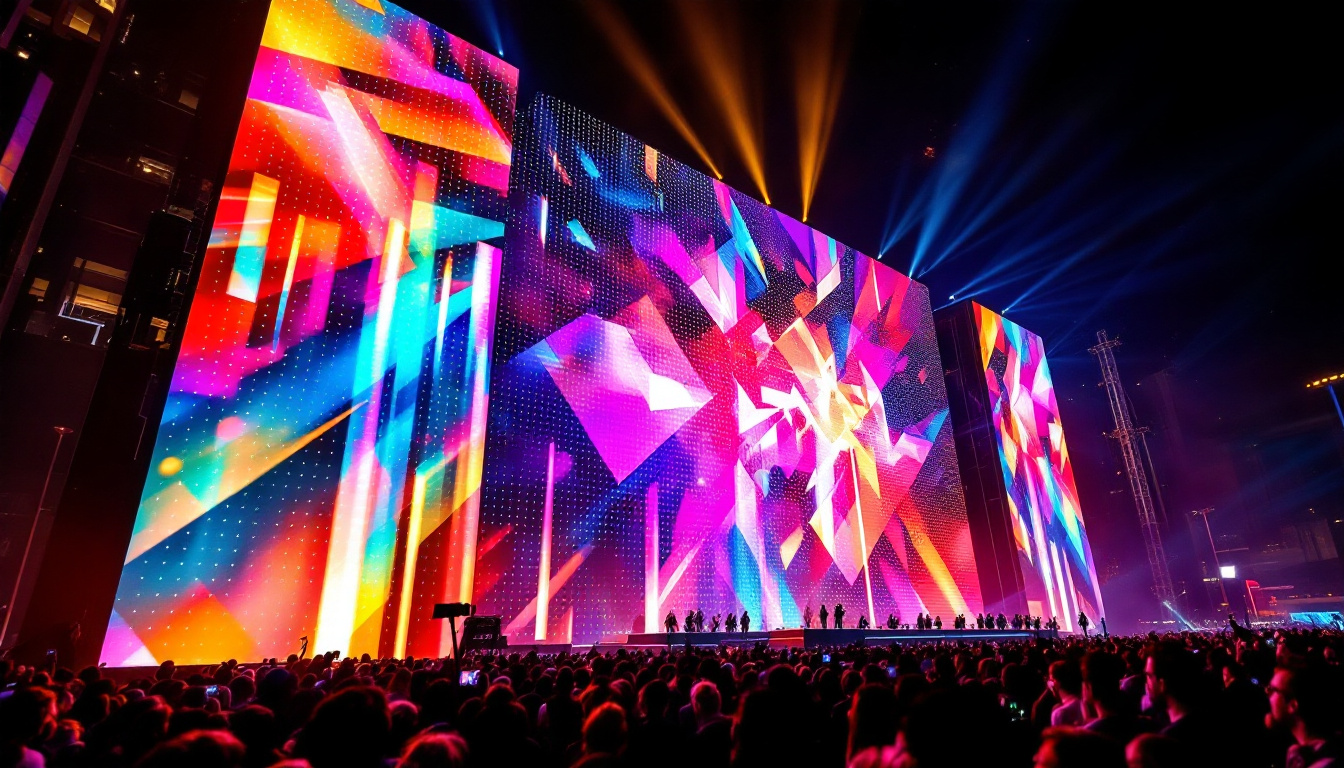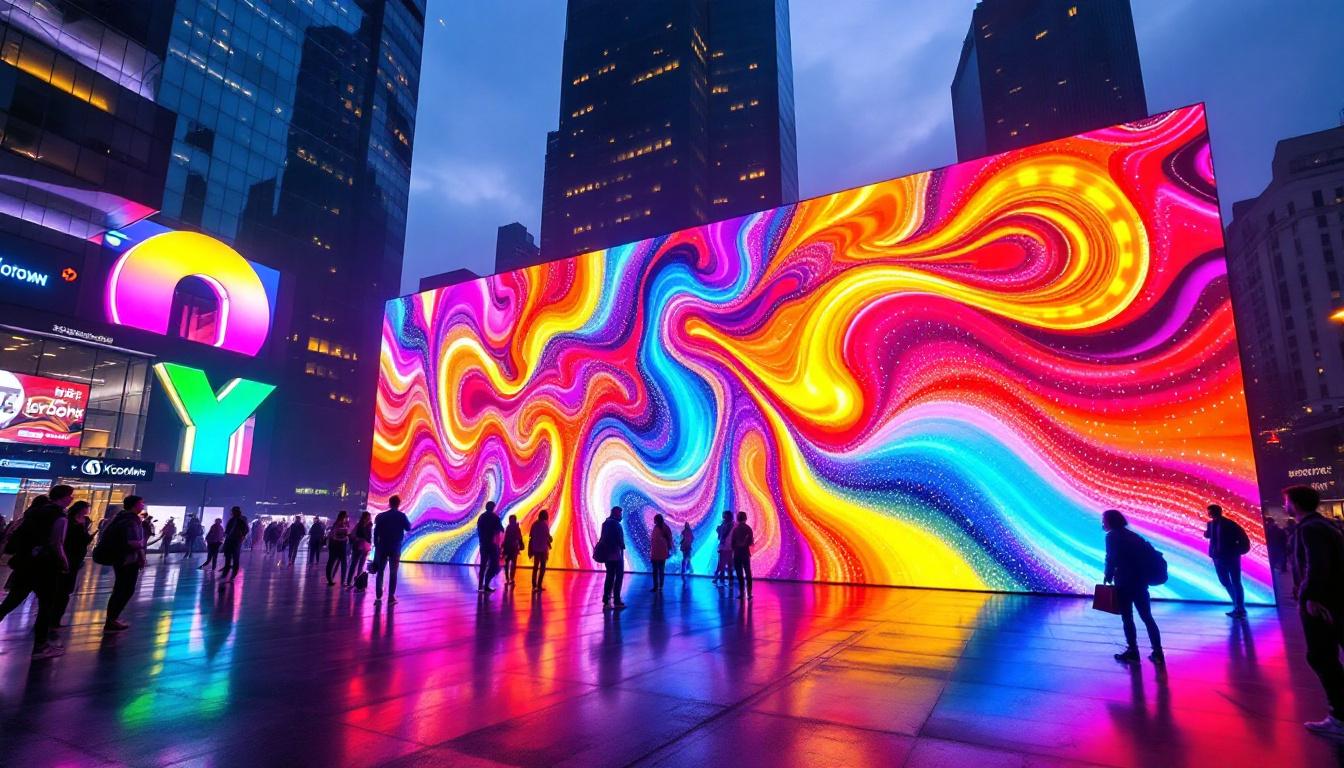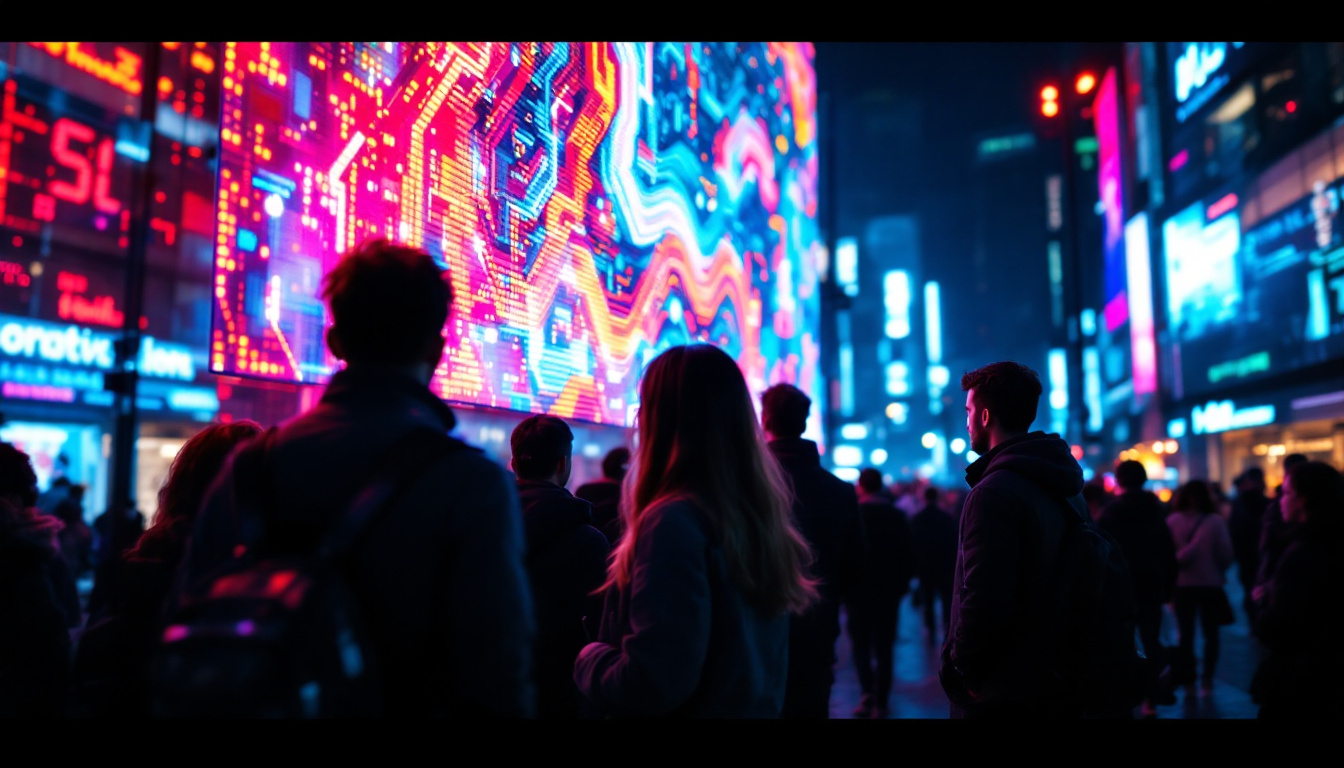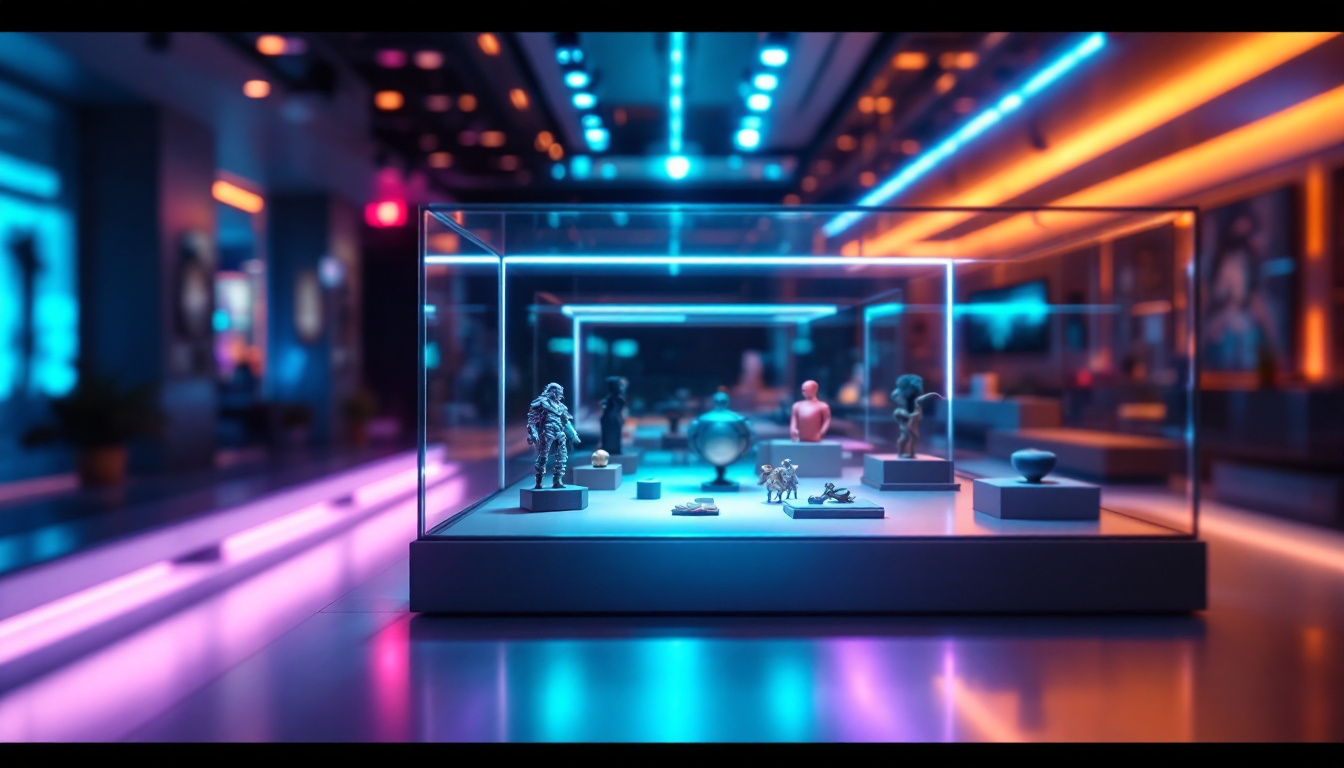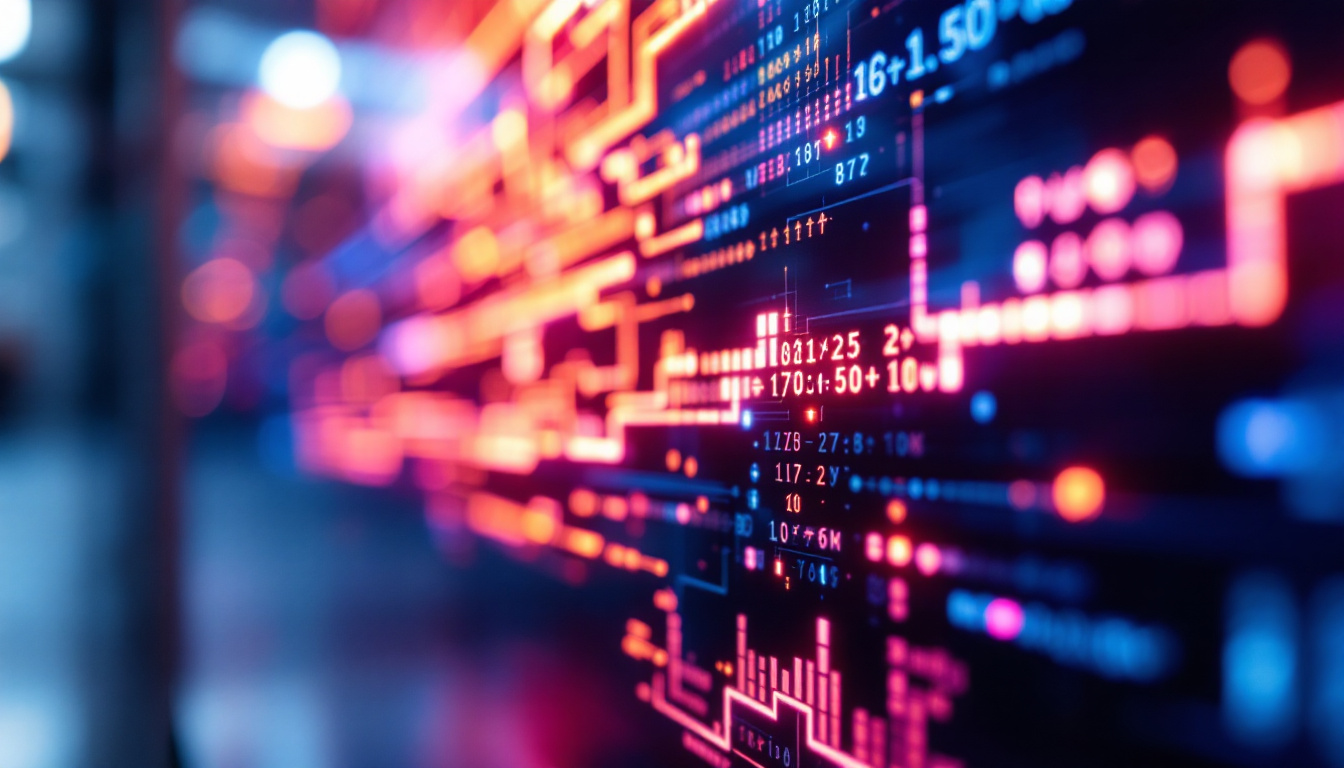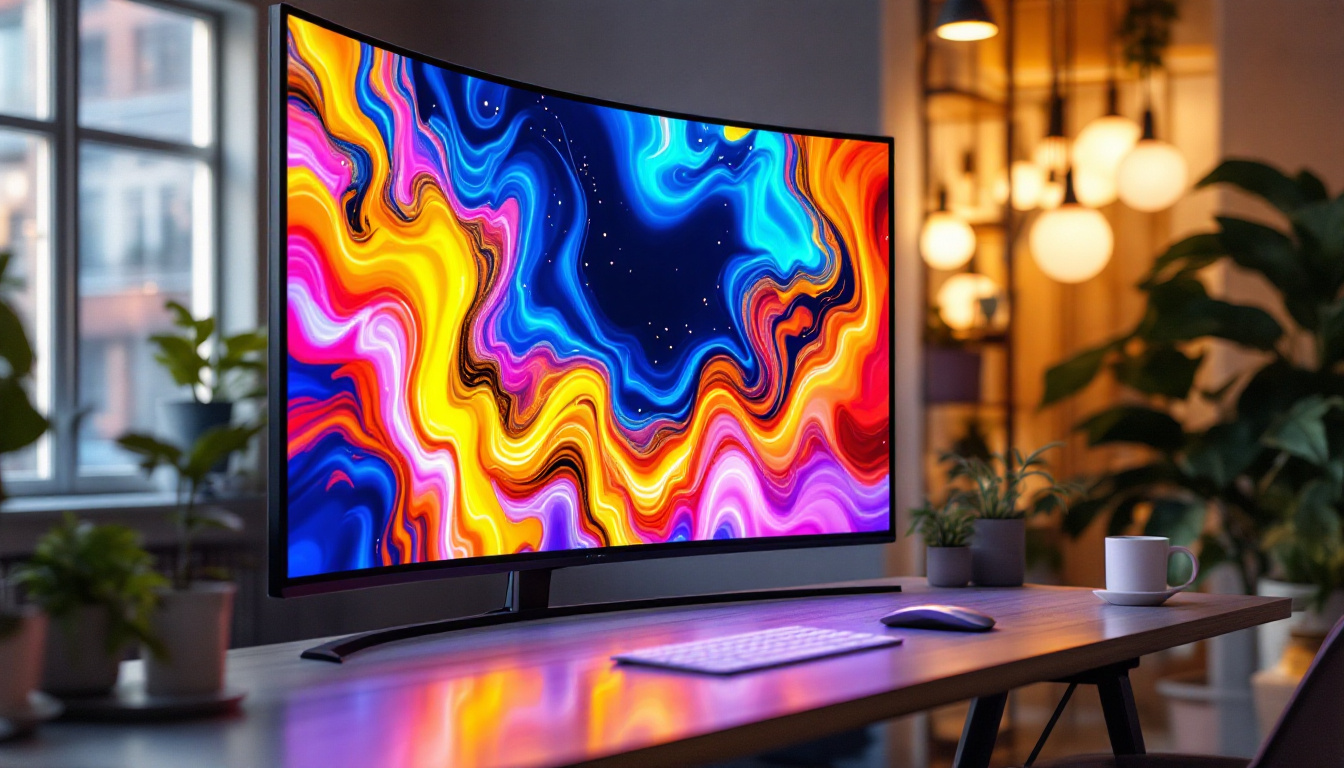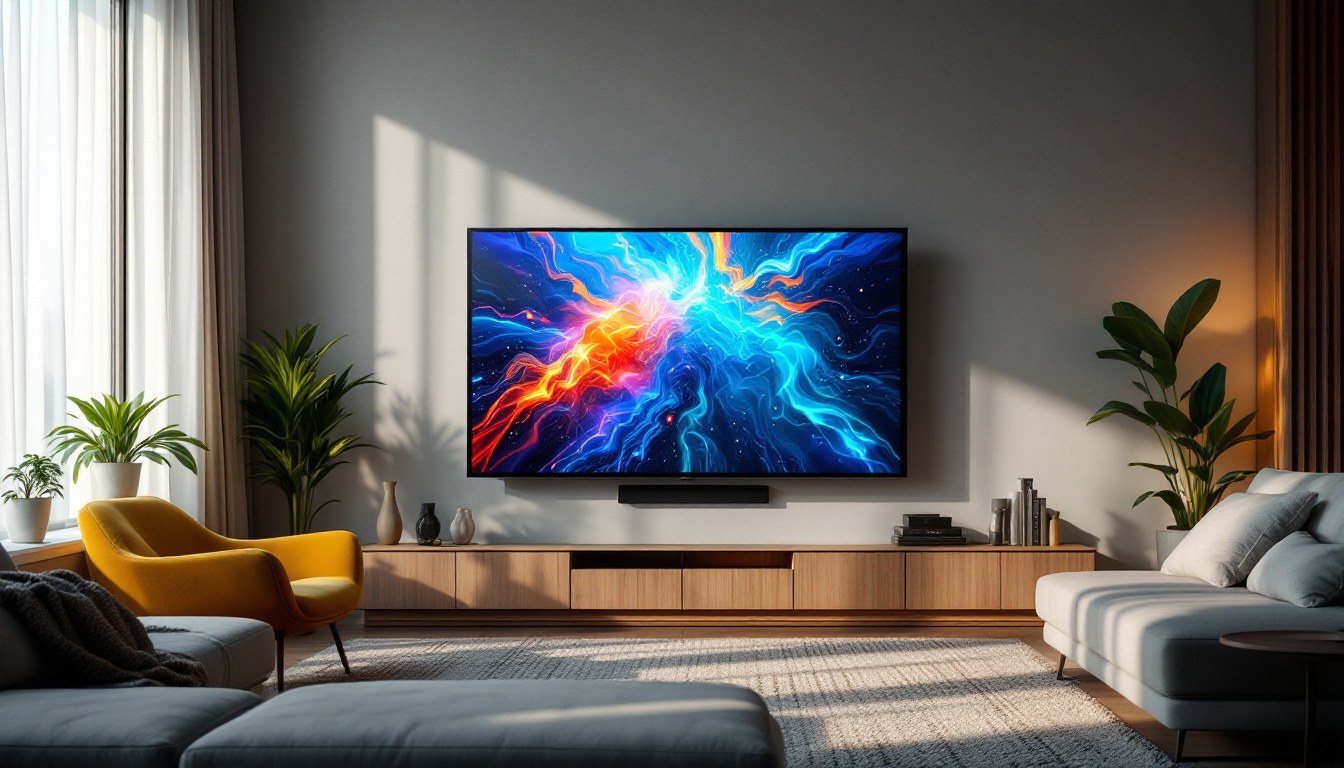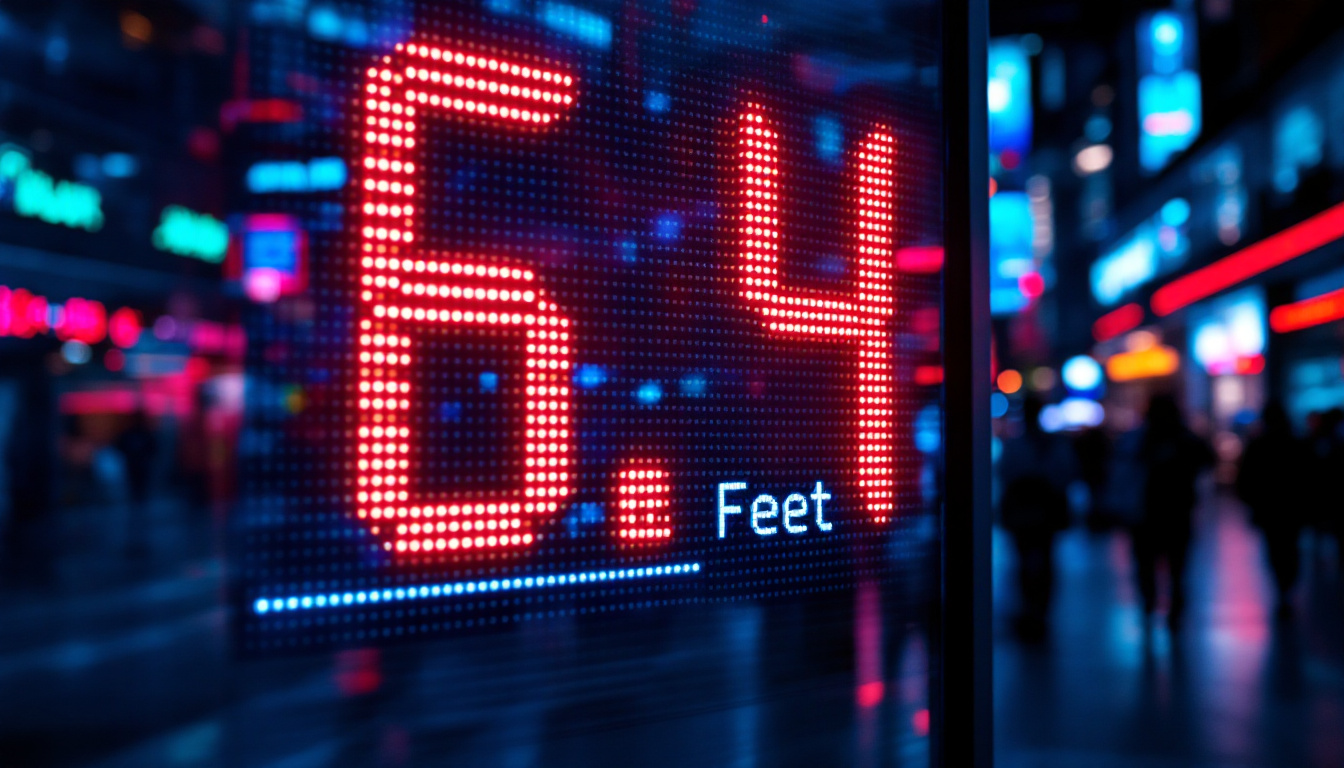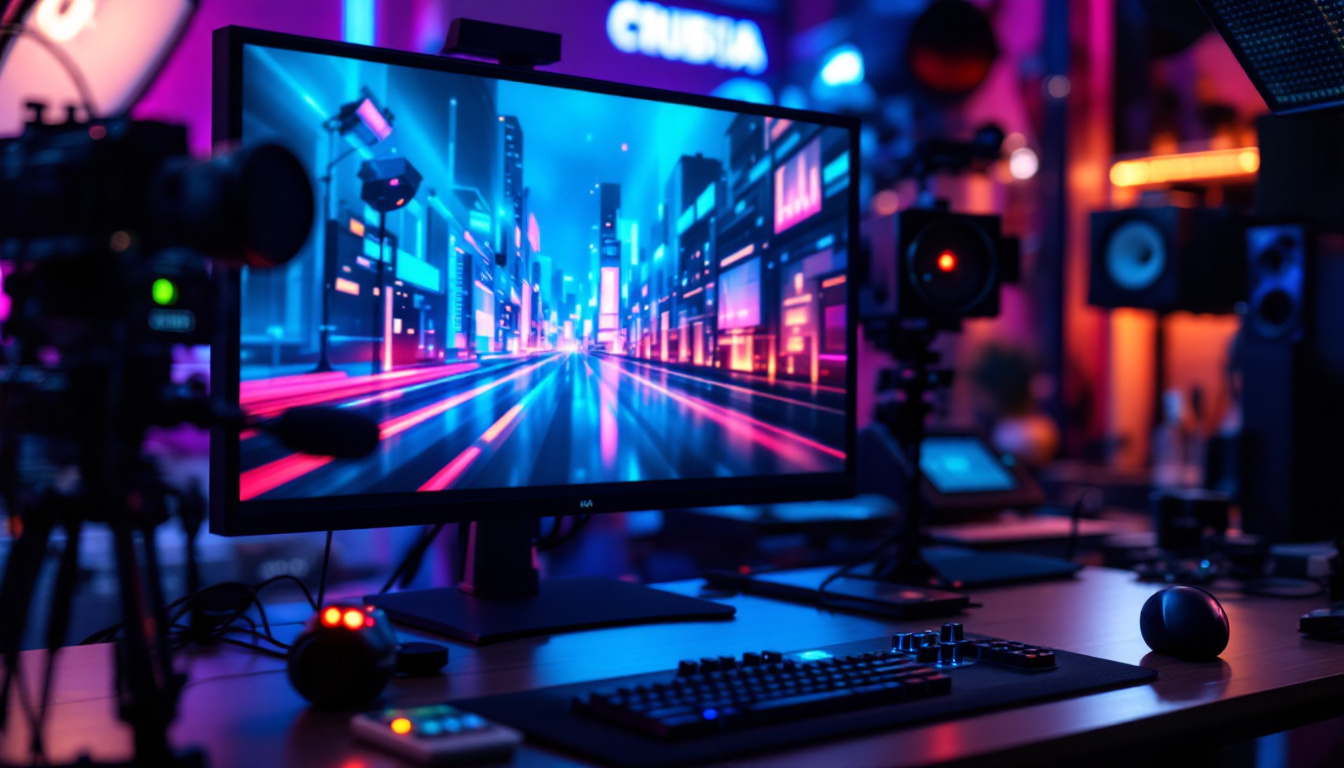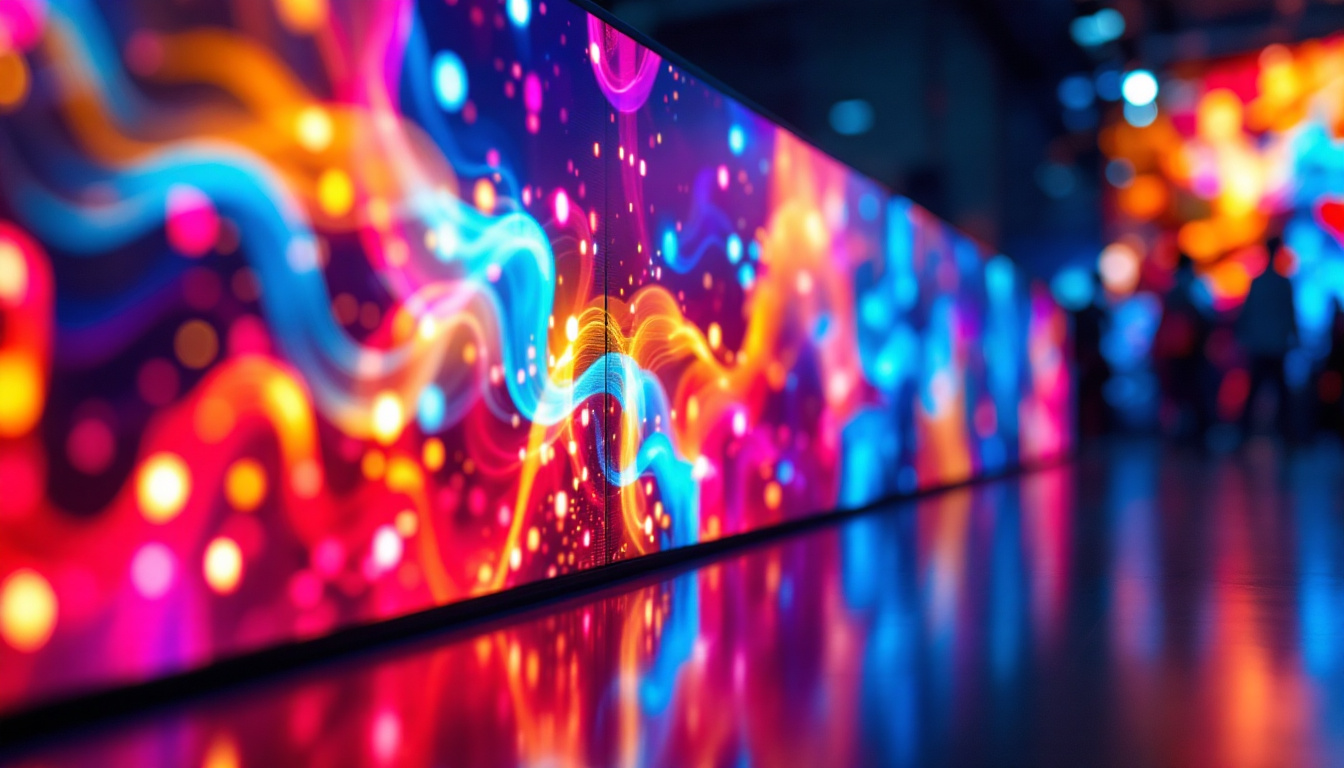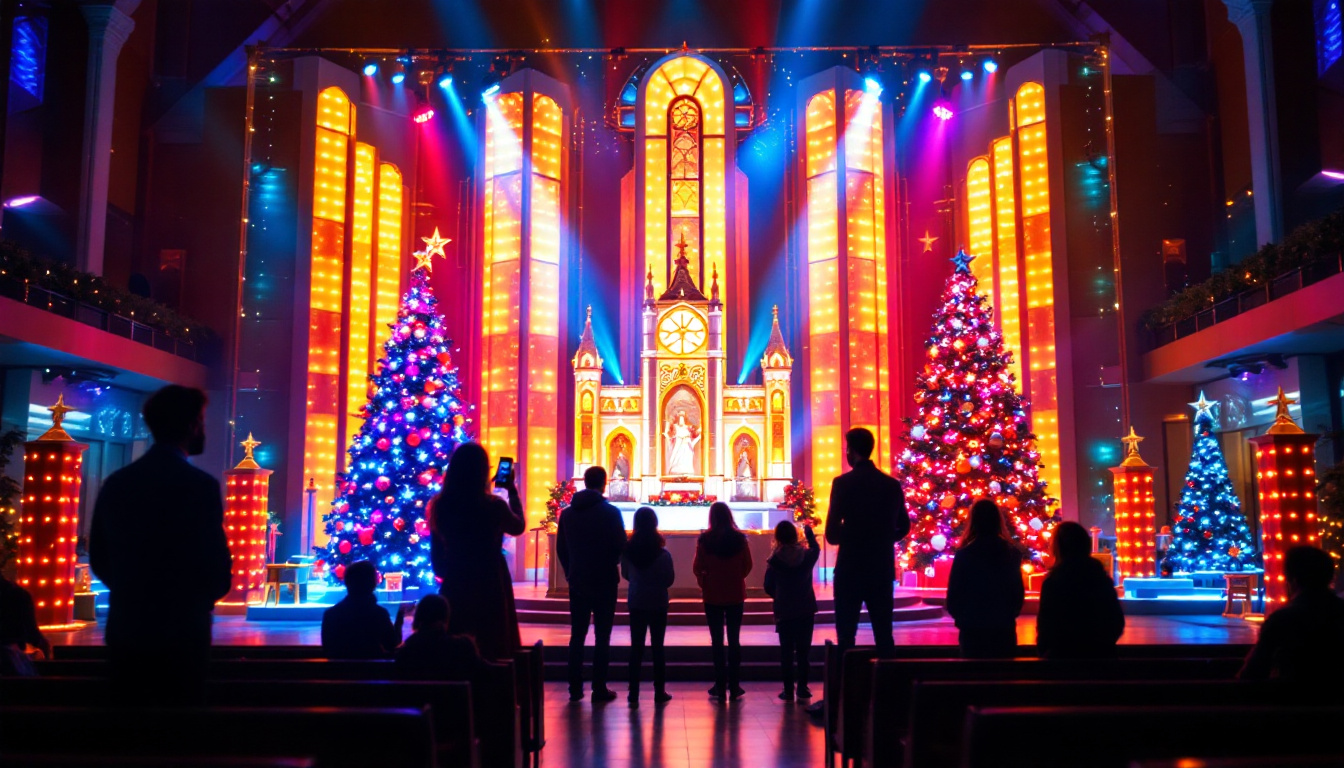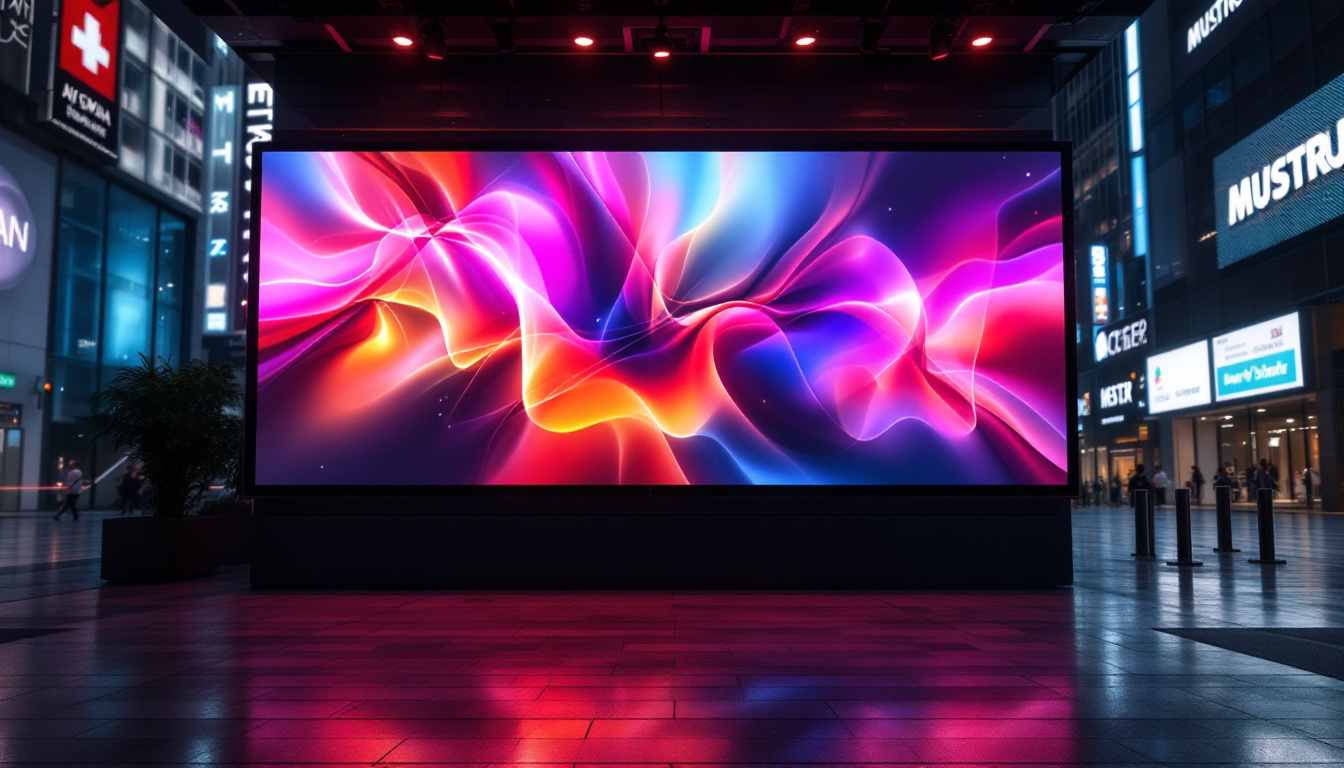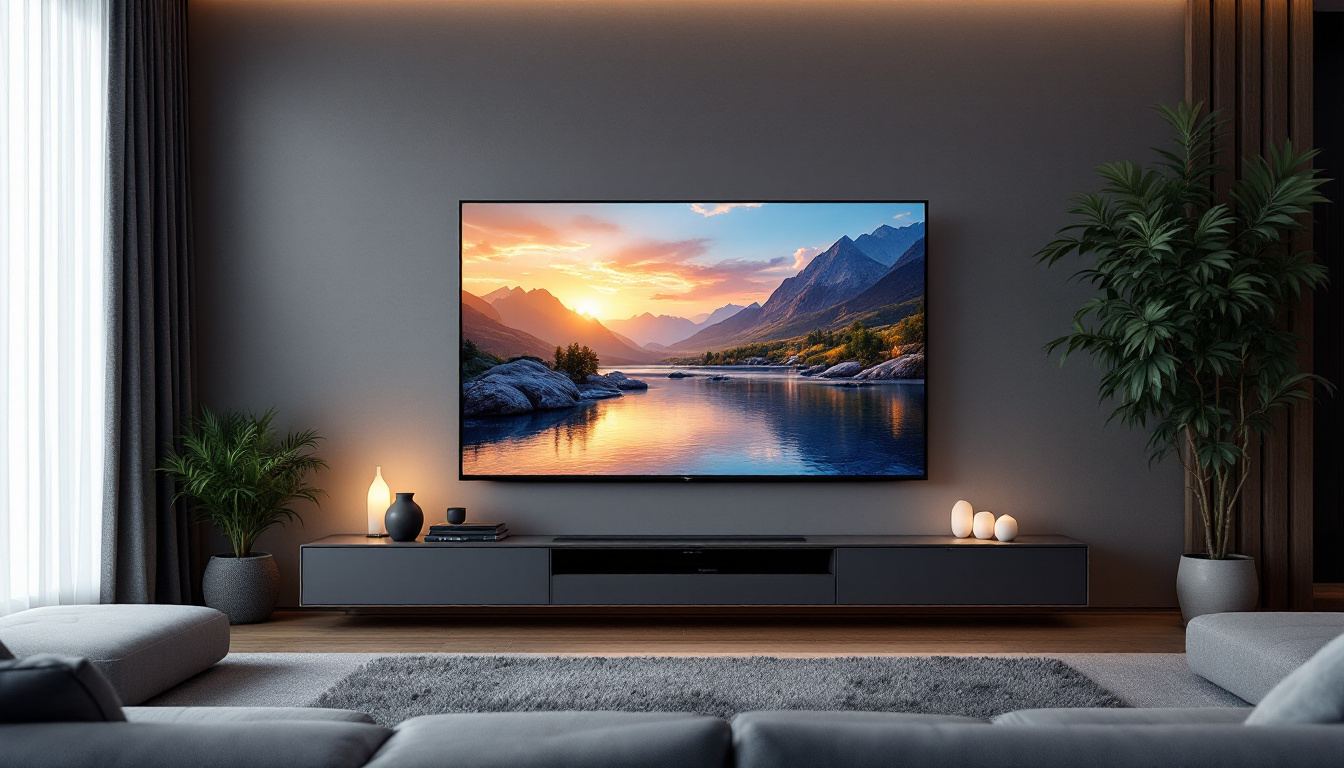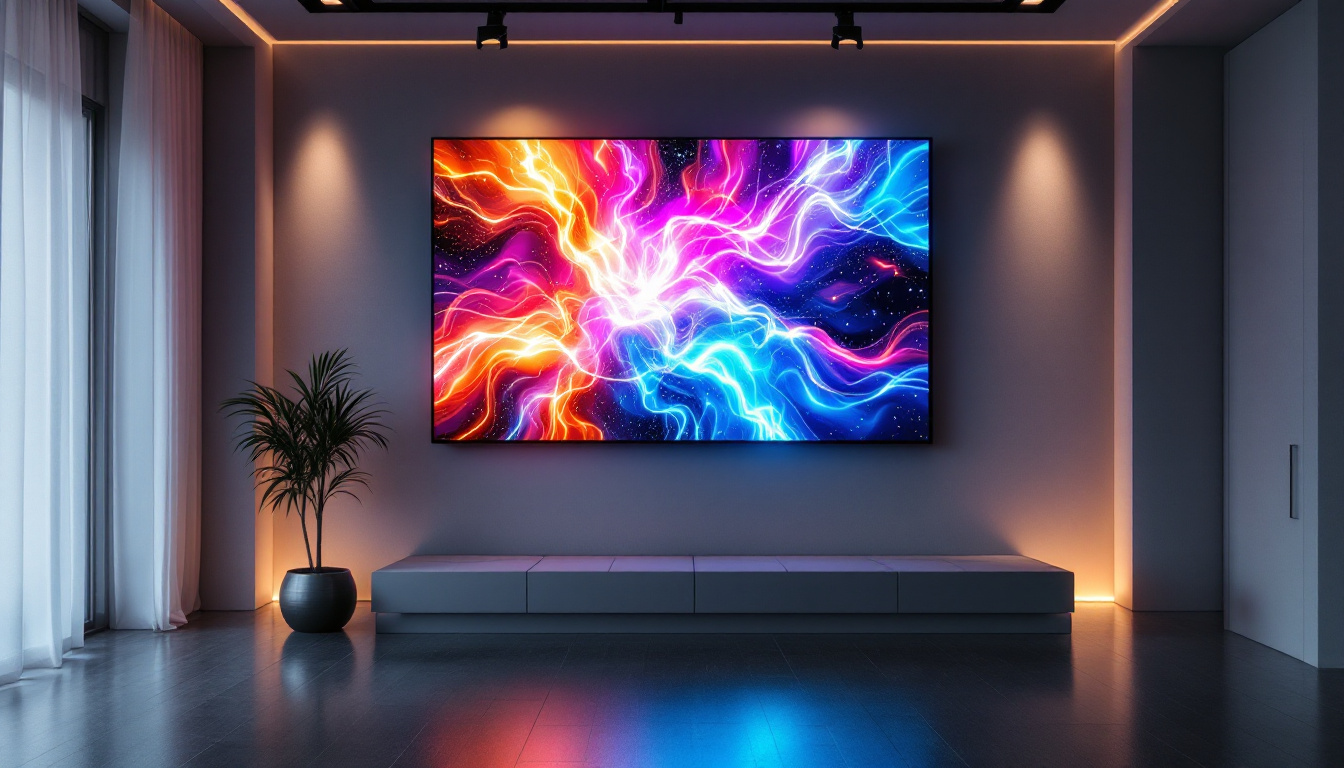In the rapidly evolving world of technology, LED displays have emerged as a prominent choice for various applications, from advertising to entertainment. This article delves into the intricacies of LED displays, exploring their functionality, benefits, and the latest trends in the industry.
Understanding LED Displays
LED displays, or Light Emitting Diode displays, are digital screens that utilize LED technology to produce images and videos. These displays are renowned for their brightness, energy efficiency, and versatility, making them suitable for a wide range of environments, including indoor and outdoor settings. Their ability to deliver vibrant colors and sharp images has made them a preferred choice for advertisers, event organizers, and even in home entertainment systems.
How LED Displays Work
At the core of an LED display is the LED itself, which emits light when an electric current passes through it. The display consists of numerous tiny LEDs arranged in a grid format. Each LED can be individually controlled to create a spectrum of colors, allowing for high-quality images and videos. This technology enables dynamic content to be displayed, such as animations and live feeds, which can engage viewers more effectively than traditional displays.
LED displays can be categorized into two main types: direct-view and rear-projection. Direct-view displays are made up of individual LEDs that are visible from the front, while rear-projection displays use a light source and a projection system to display images on a screen. The direct-view technology is more common in outdoor advertising due to its superior brightness and visibility in sunlight. Furthermore, advancements in LED technology have led to the development of flexible and transparent displays, opening new avenues for creative installations in retail and architectural design.
Types of LED Displays
LED displays can be classified based on several factors, including pixel pitch, application, and configuration. Pixel pitch refers to the distance between the centers of two adjacent pixels, which affects the display’s resolution and clarity. A smaller pixel pitch results in higher resolution, making it ideal for close viewing distances. This is particularly important in environments like control rooms or broadcasting studios, where detail is crucial for effective monitoring and communication.
Applications of LED displays vary widely, with common uses including billboards, scoreboards, and information displays in public spaces. Configurations can range from simple single-color displays to complex full-color video walls, allowing for diverse creative possibilities. In addition to traditional advertising, LED displays are increasingly being utilized in sports arenas for instant replays and live statistics, enhancing the spectator experience. Moreover, with the rise of smart technology, many LED displays now incorporate interactivity, allowing users to engage with content through touch or mobile devices, further bridging the gap between digital and physical experiences.
Benefits of LED Displays
LED displays offer numerous advantages that make them a preferred choice for businesses and organizations. Their unique features contribute to their growing popularity across various sectors.
Energy Efficiency
One of the standout features of LED technology is its energy efficiency. LED displays consume significantly less power compared to traditional display technologies, such as LCD and plasma screens. This reduced energy consumption not only lowers operational costs but also minimizes the environmental impact, making LEDs a more sustainable choice. Furthermore, many LED displays come with advanced dimming capabilities that allow them to adjust brightness based on ambient light conditions, further enhancing their energy-saving potential. This adaptability not only conserves energy but also prolongs the lifespan of the display, ensuring that businesses can maximize their investment over time.
High Brightness and Visibility
LED displays are known for their exceptional brightness levels, which make them easily visible even in direct sunlight. This characteristic is particularly beneficial for outdoor advertising, where visibility is crucial for capturing the attention of passersby. The vibrant colors and sharp contrast of LED displays enhance the overall viewing experience, making them ideal for dynamic content. Additionally, the wide viewing angles of LED technology ensure that messages are clear and legible from various distances and perspectives, making them perfect for crowded urban environments or large events. This ability to maintain clarity and impact from multiple angles allows businesses to engage a broader audience effectively.
Longevity and Durability
LED displays are designed to last longer than traditional display technologies. With a lifespan that can exceed 100,000 hours, they require less frequent replacements, resulting in lower maintenance costs. Additionally, LED displays are more resistant to shocks and vibrations, making them suitable for various environments, including high-traffic areas. The robust construction of LED displays also means they are less susceptible to damage from extreme weather conditions, such as heavy rain or intense heat, which is particularly advantageous for outdoor installations. This durability not only ensures that the displays maintain their functionality over time but also reduces the need for protective casings, further streamlining installation and maintenance processes.
Applications of LED Displays
The versatility of LED displays allows them to be utilized in a wide array of applications. Their adaptability has led to their integration into various industries, enhancing communication and engagement.
Advertising and Marketing
In the advertising sector, LED displays have revolutionized the way brands communicate with consumers. Digital billboards and signage can showcase dynamic content, including videos and animations, capturing the attention of audiences more effectively than static displays. Advertisers can also change content remotely, allowing for real-time updates and targeted messaging. This capability not only maximizes the impact of advertisements but also enables brands to tailor their messages based on time of day, audience demographics, or even current events, ensuring relevance and engagement.
Moreover, the bright and vivid colors of LED displays significantly enhance visibility, making them ideal for high-traffic areas. The integration of sensors and data analytics can further optimize advertising strategies, enabling companies to measure viewer engagement and adjust their campaigns accordingly. As a result, LED displays have become an essential tool for marketers aiming to create memorable and interactive experiences that resonate with consumers.
Sports and Entertainment
LED displays have become a staple in sports arenas and entertainment venues. Scoreboards, video walls, and large-format displays enhance the spectator experience by providing real-time information, replays, and engaging visuals. The ability to create immersive environments through LED technology has transformed the way fans interact with their favorite sports and events. For instance, during halftime shows or special events, these displays can be used to create stunning visual effects that captivate audiences and elevate the overall atmosphere.
Additionally, LED technology allows for the integration of augmented reality (AR) elements, further enriching the spectator experience. Fans can enjoy interactive features, such as player statistics and instant replays, right from their seats, making the event more engaging and informative. This not only enhances the enjoyment of the game but also fosters a deeper connection between fans and their teams, creating a vibrant community around sports and entertainment.
Public Information Displays
Many cities and municipalities have adopted LED displays for public information systems. These displays can convey important messages, such as traffic updates, emergency alerts, and event announcements. The adaptability of LED technology allows for quick updates and the dissemination of critical information to the public in a visually appealing manner. For example, during severe weather events, LED displays can provide timely warnings and safety instructions, potentially saving lives and reducing panic.
Furthermore, the use of LED displays in public spaces can promote community engagement by highlighting local events, public service announcements, and cultural activities. By showcasing information in a vibrant and eye-catching format, cities can foster a sense of community pride and encourage participation in local initiatives. The ability to display real-time data, such as public transport schedules or community news, enhances the overall connectivity of urban environments, making them more informed and cohesive.
Trends in LED Display Technology
The LED display industry is continuously evolving, with emerging technologies and trends shaping its future. Staying informed about these developments is essential for businesses looking to leverage LED technology effectively.
Advancements in Resolution
As consumer demand for high-quality visuals increases, manufacturers are focusing on enhancing the resolution of LED displays. Innovations such as microLED and miniLED technologies are pushing the boundaries of display resolution, providing sharper images and more vibrant colors. These advancements are particularly significant for applications requiring close viewing distances, such as retail displays and control rooms.
Integration with Smart Technology
The integration of LED displays with smart technology is another trend gaining traction. With the rise of the Internet of Things (IoT), LED displays can now be connected to various devices and systems, allowing for seamless content management and real-time data integration. This connectivity enhances the functionality of LED displays, enabling businesses to deliver personalized and context-aware content to their audiences.
Sustainability Initiatives
As sustainability becomes a priority for many organizations, LED display manufacturers are focusing on eco-friendly practices. This includes using recyclable materials, reducing energy consumption, and implementing sustainable manufacturing processes. By prioritizing sustainability, companies can not only meet consumer expectations but also contribute to a greener future.
Challenges in the LED Display Market
Despite the numerous advantages of LED displays, the market does face several challenges that stakeholders must navigate. Understanding these challenges is crucial for making informed decisions in the industry.
High Initial Investment
One of the primary challenges associated with LED displays is the high initial investment required for installation. While the long-term benefits and cost savings are significant, the upfront costs can deter some businesses from adopting this technology. Companies must weigh the potential return on investment against the initial expenditure to determine the feasibility of implementing LED displays.
Technological Complexity
The rapid pace of technological advancements in the LED display industry can be overwhelming for some organizations. Keeping up with the latest trends, features, and best practices requires ongoing education and investment in training. Businesses must ensure that their teams are equipped with the necessary knowledge to leverage LED technology effectively.
Competition and Market Saturation
As the demand for LED displays continues to grow, the market has become increasingly competitive. With numerous manufacturers and suppliers entering the space, distinguishing oneself can be challenging. Companies must focus on innovation, quality, and customer service to remain competitive in a saturated market.
Conclusion
LED displays have transformed the way businesses communicate, engage, and connect with their audiences. Their energy efficiency, high brightness, and versatility make them an ideal choice for a wide range of applications. As technology continues to advance, the potential for LED displays will only grow, paving the way for new opportunities and innovations.
However, stakeholders must remain aware of the challenges in the market, including high initial investments and technological complexities. By staying informed and adapting to the evolving landscape, businesses can harness the power of LED displays to enhance their operations and reach their goals.
In summary, the future of LED displays is bright, and as the technology continues to evolve, it will undoubtedly play a significant role in shaping the way we communicate and interact in various environments.
Discover LumenMatrix LED Display Solutions
Ready to elevate your visual communication and captivate your audience with unparalleled clarity? Explore LumenMatrix’s innovative LED display solutions tailored to your needs. From Indoor and Outdoor LED Walls to specialized displays for vehicles, sports, and custom installations, LumenMatrix is at the forefront of transforming environments with vibrant, energy-efficient LED technology. Check out LumenMatrix LED Display Solutions today and experience the future of digital signage.

